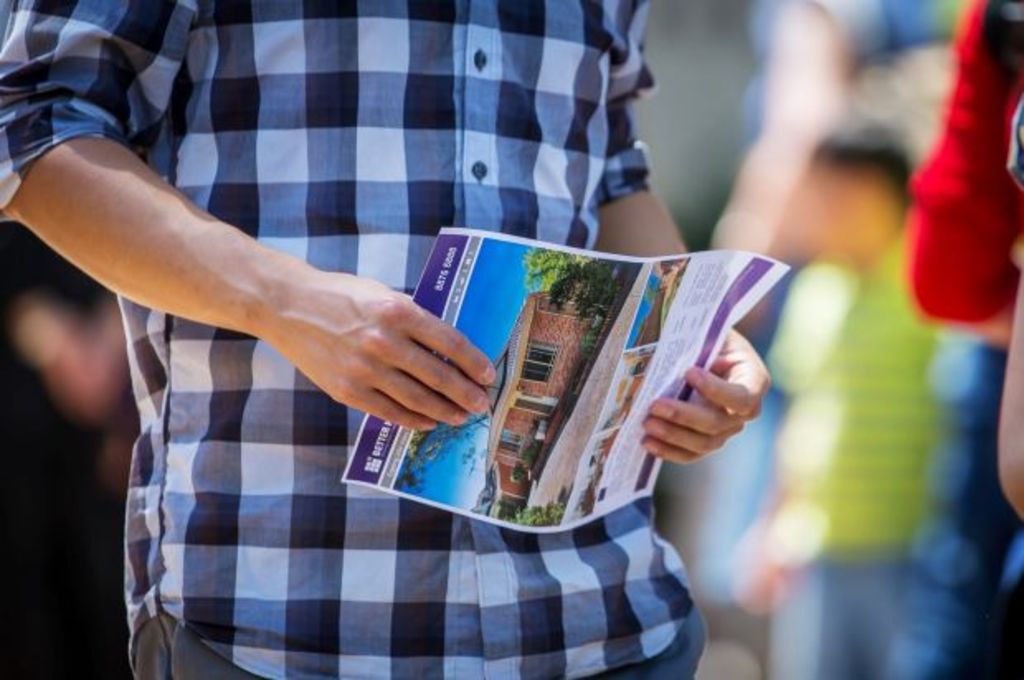When the empty apartment next door is owned by an oligarch - how foreign money could distort housing markets

In Vancouver, British Columbia, the price of a single-family home has soared so fast over the past few years that even many well-paid local workers have been pushed out of the city.
In Miami and New York, new luxury apartments are rising rapidly, often sold to anonymous buyers, sight unseen. In Melbourne and London, housing shortages have worsened as recently purchased homes appear to be sitting vacant.
In each of these cities there are at least some indications that what is troubling the housing market can be traced elsewhere – to Russian oligarchs, Brazilian bank accounts, Chinese businessmen. It’s possible that foreign money isn’t just driving up prices for penthouses; it may also be distorting the market, to the detriment of lifelong residents.
But the true extent of the phenomenon is maddeningly hard to measure. So are its broader economic effects. Local governments have barely attempted to track the cash influx. And each of these global cities has become attractive to investors partly because housing in them is scarce, making claims of insufficient supply and excessive demand all the more difficult to untangle.
It’s clear that foreign cash is not the sole culprit for rising prices in cities that are also attracting young, educated workers and where land constraints and zoning policies have long thwarted construction. Yet it’s also true that foreign money has surged into housing in the United States and other countries. Evidence suggests that in New York City, Vancouver and parts of California there is enough of it to create ripple effects that may disturb local residents.
“We’re not talking about an asset bubble in apples, or copper or something that you could easily forgo,” said Josh Gordon, a professor in the School of Public Policy at Simon Fraser University in British Columbia.
Worrisome things happen when one person’s asset is another’s shelter.
New data this past week from the National Association of Realtors estimates that foreigners, led by the Chinese, invested $US153 billion ($193 billion) in US housing in the year that ended in March, up a remarkable 49 per cent from the previous year. Non-resident foreigners were responsible for half that total.
- Related: Most Sydneysiders think foreigners shouldn’t buy property
- Related: Foreign home buyers hit by vacancy tax
- Related: Chinese investors turn from Melbourne’s off-the-plans
That is the largest sum since the organisation began tracking foreign investment in 2009, and those purchases amounted to 10 per cent of the dollar value of all US existing-home sales last year. Nearly half that money went into just three states: California, Florida and Texas.
“Without a doubt, foreigners are pushing up the prices in California and Florida,” said Lawrence Yun, chief economist for the National Association of Realtors.
That is good for existing homeowners, he said, and it is positive for the US economy that foreigners are confident about investing. But it also pushes first-time buyers out of local markets, Yun said.
Anger at who is causing that harm can stray uncomfortably close to xenophobia. But politicians and anxious residents often add that their real grievance is with foreign money, not foreigners. And maintaining that distinction is important if cities that have long prided themselves on being cosmopolitan want to continue embracing immigration while curbing speculation.
Setting aside the risks of money-laundering and tax evasion, a big influx of foreign capital poses two potential threats to a local housing market.
First, house prices rise faster than wages, until a good job no longer pays for access to nearby housing. Suddenly nurses and teachers find themselves living in a community that they can no longer afford. As the housing and labor markets become detached, a city can start to look like Vancouver, which has some of the highest housing prices, but lowest incomes, among Canadian metropolitan areas.
The second threat aggravates the first: If foreign buyers are looking for assets and not residences, a lot of that housing may sit empty. Neighbourhoods begin to lose their neighbours, and local restaurants and shops lose their customer base, an eerie scene some corners of London have experienced.
Across an entire city, those costs outweigh the benefits of foreign investment, according to two finance professors, Jack Favilukis of the University of British Columbia and Stijn Van Nieuwerburgh of New York University. They modelled what happens when a market like New York City is shocked by an inflow of absentee out-of-town buyers.
Data they obtained shows that the share of home purchases made by out-of-town buyers has increased steadily since 2004 in both metropolitan New York and Manhattan. More than one in 10 purchases in Manhattan now includes such a buyer (the “out-of-town” definition here doesn’t distinguish between domestic investors and Russian oligarchs, but the effects are the same in the modelling, and the authors think of the problem as one of foreign money).
When they assume a worst-case scenario – all of these out-of-town purchases sit vacant – rents and home prices in the city rise, wages tick up thanks to new construction jobs, commute times for workers grow longer, and centre city neighbourhoods become less diverse as the wealthy move in. All else equal, they conclude, the rise in out-of-town buyers from levels seen a decade ago pushes home prices up in New York by about 1.1 per cent. That may not sound like a lot, but the net effect is a negative one for the city’s welfare, the researchers conclude.
“And then there are costs that are harder to quantify,” Van Nieuwerburgh said. “The texture of the city, the socio-economic makeup of the city, is changing.”
We recommend
We thought you might like
States
Capital Cities
Capital Cities - Rentals
Popular Areas
Allhomes
More







